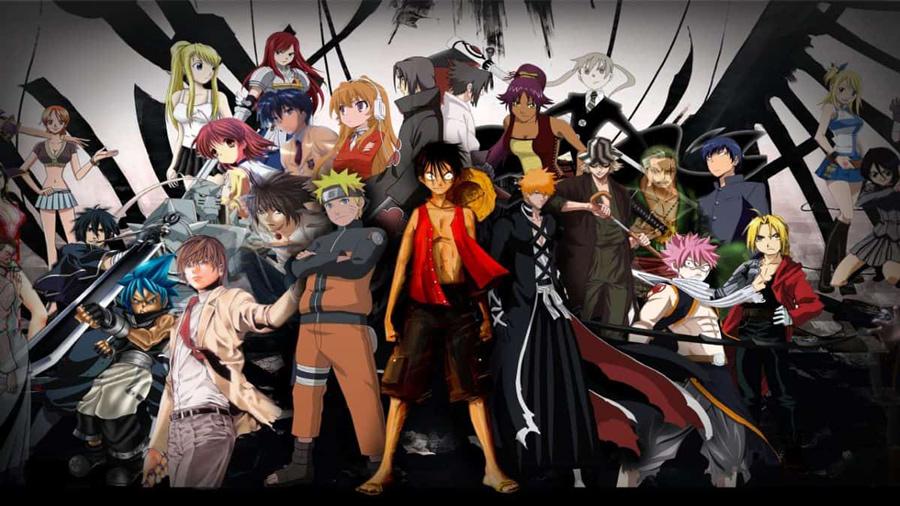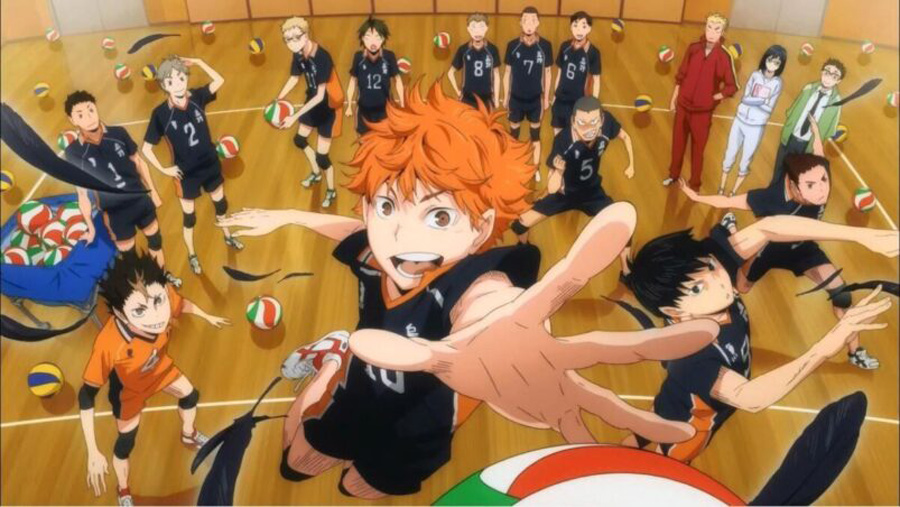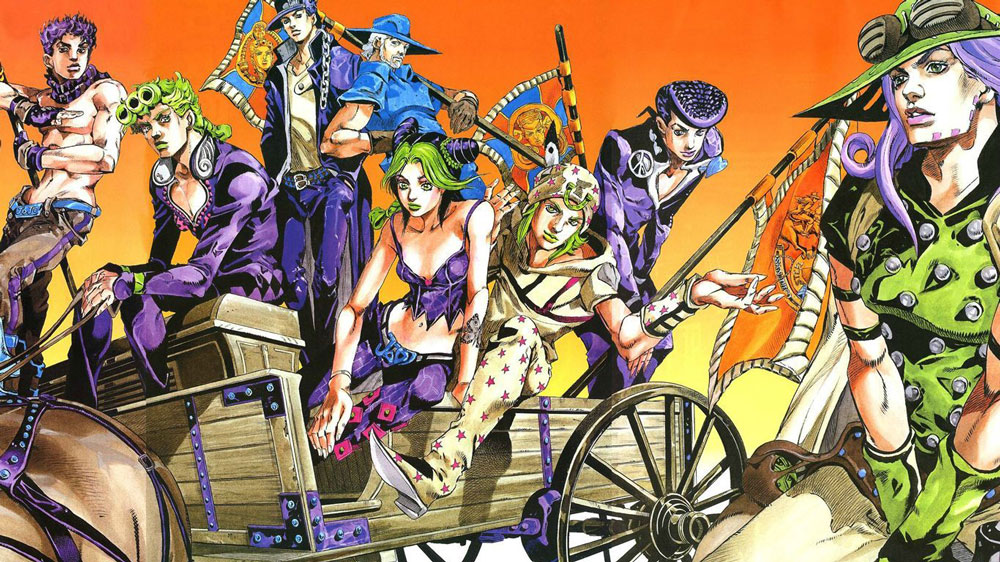These anime would be great in a world where an anime watchlist would take its place instead of a school’s summer reading list. You have undoubtedly heard about these anime classics before, either as direct references or as the inspiration for more recent works. These shows walked so that modern-day classics such as Attack on Titan, Steins Gate, and Fullmetal Alchemist: Brotherhood, to name a few, could run.
This is what your hip older sibling or nerdy parent watched when they were kids. Unfortunately, not all of these have aged like fine wine. Most of these shows are packed with tropes, such as an indiscriminate amount of filler episodes, as they were released when the world was much smaller. But, just like how we respect our elders, the same principle must be applied when discussing these classics.
Here are the top 10 anime classics you need to watch. We’re counting only anime released before the 2000s, making this a list of 80s and 90s classics.
1.) Legend of the Galactic Heroes
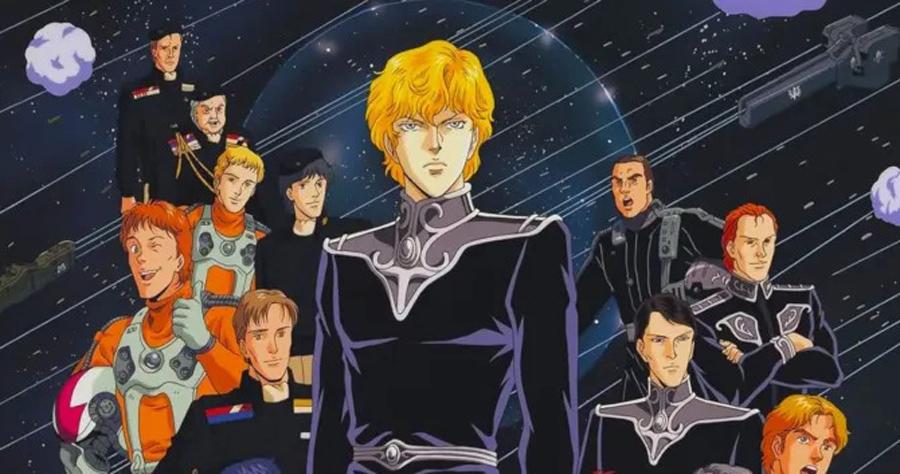
Not only is Legend of the Galactic Heroes one of the most highly-rated anime, but the best piece of space adventure sci-fi political dramas. Don’t tell this to Star Wars fans, though. They are two sides of the same coin, both being space operas with vast fleets of ships and casts of characters, but Legends of the Galactic Heroes is more grounded in reality, whereas Star Wars has more mystical elements.
This show is so iconic that it’s a shame modern-day anime fans are turned off by its outdated 80s animation style and episode length. At a whopping 110 episodes, it’s no easy feat to get through what it has to offer. It’s an unapologetic slow burn that demands you pay attention to the story it wants to tell – and it’s worth it. There’s nothing extremely flashy about its plot and themes, but it has an incredibly fleshed-out world and characters and a no-frills story that shows the effects of war and decisions that must be made because of it. It tries its best to do the same with the recent remake, Legend of the Galactic Heroes: Die Neue These, which has the more traditional 12-episode seasons, but this is where the imposing length of its original shines. Maybe purists take the cake here.
2.) Cowboy Bebop
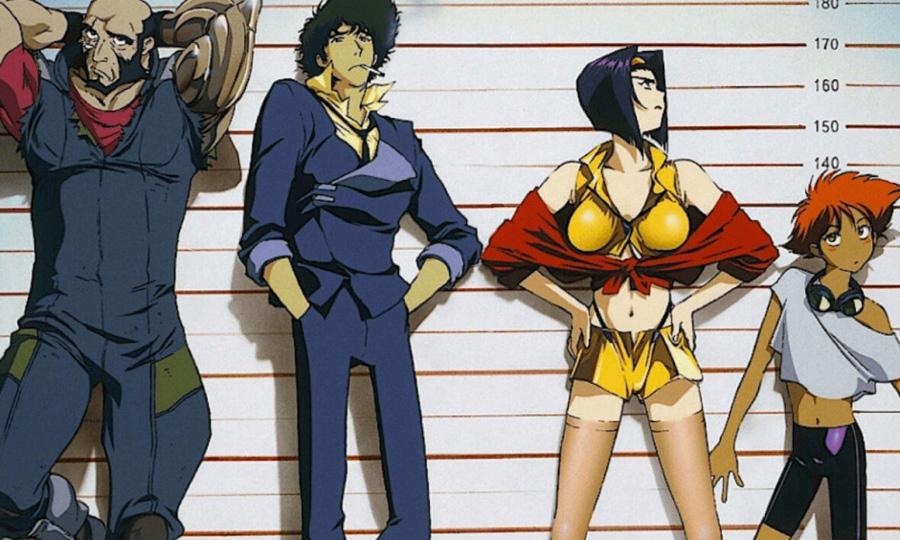
Cowboy Bebop is set in a futuristic, post-apocalyptic setting in the year 2071 and follows a band of bounty hunters as they hunt down wanted criminals around the galaxy. The world-building is superb, with set pieces from all around the universe, like a casino spacecraft in the middle of nowhere, a desert biome that screams traditional Western, and cyberpunk streets with neon lights, introduced in the first few episodes to establish the show’s tone.
It was so popular that Netflix thought it needed an adaptation to be consumed by Western audiences. There have always been complaints that live-action anime adaptations just rehash the original in a way that can’t contain the original’s essence. The anime’s protagonists’ zany dialogue and over-the-top actions, as well as their outlandish and brightly coloured wardrobes, definitely did not transition well into real life. The Netflix cast did their best, but unfortunately, you’re better off watching Cowboy Bebop: The Movie or reading it through the manga if you’re short on time.
Ever heard of the classical piece of literature that goes by, “Omae wa mou shindeiru”? This came from none other than one of the OGs of anime, Fist of the North Star, considered a progenitor of the big, meaty, muscly men genre. Who can forget the timeless meme where Kenshiro has stumped an opponent into saying another famous Japanese phrase, “Nani?” Although there was a fighting video game released recently, this is where Fist of the North Star’s modern-day cultural reach ends, with the main anime not being as famous these days aside from that scene.
But many need to learn just how influential it was to other anime that became actual worldwide phenomena, such as Berserk and Jojo’s Bizarre Adventure. While early Jojo’s characters seem to have been plucked right from the universe of Fist of the North Star, the former was affected by the latter’s ultraviolent themes and combat sequences. Nostalgia hits like a truck, though, and you will see middle-aged weebs rave about this anime classic like it was their version of Attack on Titan. It gave birth to a live-action western adaptation, but die-hard fans probably want to pretend that never happened.
4.) Dragon Ball

Dragon Ball is more than an “anime classic”, it is simply a worldwide cultural phenomenon. It’s the western audience’s first exposure to anime, with many recognisable brands collaborating with it. Its popularity is sky-high, with NBA players flaunting Dragon Ball motifs on their Nike shoes and even Goku himself finding his way into being a playable character in Fortnite. When it comes to anime, Dragon Ball Z is among the all-time classics (unfortunately riddled by the outdated filler-episode problem). Why is it so popular? The straightforward action-adventure joyride, full of a never-ending cast of lovable characters, sparks joy and nostalgia like nothing else.
It has an insane amount of media, with offshoots (Dragon Ball Super. Dragon Ball Super Broly, Dragon Ball Heroes), video and trading card games (Dragon Ball Kakarot and Dragon Ball Fighterz), theme parks, and live-action films. It has also significantly influenced other prominent Shounen manga, with creators of works like One Piece, Bleach, and Naruto all crediting it as a leading source of inspiration. Dragon Ball fans have been in an all-you-can-eat buffet so far, as a new movie entitled Dragon Ball Super: Super Hero, which featured a unique cell-shading animation style, was just released in cinemas this past June. Nothing is toppling Dragon Ball as the most influential Japanese franchise, as it has (and is continuing) to take the world by storm.
5.) Slam Dunk

Slam Dunk is often called the grandfather of sports anime. It has not held up well over time; thus, it is not as strongly suggested as a must-watch in this era of fast-paced anime narratives. Slam Dunk was conceived in an age when individuals had considerably more free time than they do today since the show is bloated with unnecessary episodes and drawn-out scenarios. The show’s overuse of abrupt flashbacks and the time it takes for certain games take to unfold are significant flaws.
Not only do flashbacks slow down the action of a sport that should go rapidly, but there are also a lot of unnecessary scenes in this programme. The Slam Dunk manga might be the better way to appreciate this sports classic, as pacing issues can be overlooked by briskly flicking through its magical pages. Have even less time to consume the medium? Look no further than the upcoming Slam Dunk movie, coming to theatres this month!
Great Teacher Onizuka, or GTO for short, is built on a particular principle, which it carries out with pinpoint accuracy. An ex-juvenile delinquent assumes leadership of a misbehaving classroom and uses his own life experiences as a basis for his lessons. Since it’s a leisurely slice-of-life programme that’s not exciting, it’s not for everyone. Think of it as a philosophical book written in a style that even intellectual lightweights like you can understand, and you’ll see that you can’t help but pick up a few nuggets of wisdom.
It’ll teach you a thing or two about life and make you laugh (and cry) along the way. Our 22-year-old teacher, Eikichi Onizuka, goes out of his way to do the most bizarre and crazy things to convince his students to respect him. He’s not the kind of professor who will show you how to craft the most insightful research paper; instead, he’s the kind who will demonstrate the qualities necessary to become an outstanding human being. There’s a scene where he jumps off the school building to save a student who was hell-bent on committing suicide, so that’s all you need to know about this anime classic. Also, nothing makes us laugh more than the running gag of the principal’s car getting destroyed; it’s become one of anime’s most popular memes.
7.) Yu Yu Hakusho
Yu Yu Hakusho is the sliced bread for shounen, action-oriented anime. An intriguing ensemble cast with unique looks, satisfying particular roles and tropes? Check. A straightforward plot and an easy-to-follow story of a young kid who goes on an adventure, participating in rigorous training with his mentors, and defeating bad guys along the way? Yes sir. Dramatic stakes in a tournament setting the stage for exciting fight sequences and animation? Absolutely, your honour.
It isn’t groundbreaking in any of these aspects, but its release in the mid-1990s established the standard for the genre, paving the way for future works. Of all the parts of Yu Yu Hakusho, the characters stood out the most. Indeed, both Kurama and Hiei have devoted fan following, as seen by the recent production of anime figurines that perfectly capture their instantly recognisable likenesses and characteristics. Thanks to Netflix, it’s never been easier to see this timeless masterpiece.
8.) Sailor Moon
Driven by pure nostalgia, Sailor Moon is an anime that won’t fare well in today’s landscape but has a place in the Anime Walk of Fame, if that ever existed. The Sailor Moon Aesthetic, consisting of Usagi’s blonde hair and sailor attire, is as simple to point out as a kid recognising its mother as it emerges from the womb, making it one of the few anime that non-viewers would undoubtedly recognise. It’s one of the most used costumes at anime events and a staple for many female weeb cosplayers. Sailor Moon’s signature white top, blue skirt, and red ribbon are instantly recognisable symbols of the character. Bringing along Luna, Sailor Moon’s cat is always a plus.
It is similar to Yu Yu Hakusho because it’s a solid anime. Overall, it falls short of expectations in every department; the sound design is average, the action sequences are too concise, and the plot could be more compelling. But there’s just something about these shows we grow up watching that brings us back to when times were much more straightforward. Sailor Moon’s characters and transformations just reawakened something within us that excited us about the medium’s future. Its fans were treated to a remake in the form of 2014s Sailor Moon Crystal, and just this past year, Sailor Moon Eternal, the first of the supposed two-part final instalment.

If you’re wondering what that car with funny-looking lights that look like shocked eyes and printed vinyl decal is on the sides, that’s the Initial D car. Takumi Fujiwara’s Toyota AE86 Sprinter Trueno is this series’ crown icon; if Sailor Moon’s outfit is a popular cosplay costume, the Corolla from Initial D is one of the popular ways drifters dress their car up in Tokyo. The print lettering on the car’s exterior is one of those favourite items in anime merchandise, with Initial D shirts and stickers being much-desired memorabilia.
The manga is very well-written and illustrated. All the automobiles you see modelled throughout the series are accurate representations of vehicles that have been featured in several car publications. Any fan of racing and vehicles would appreciate and love this anime classic for its clear focus on the niche genre. The high-stakes circumstances and exciting racing will make even non-fans of the genre feel at home. It’s a rush beyond words to imagine oneself as a high school racer competing in this frenzy of excitement.
10.) Rurouni Kenshin

The sheer quantity of live-action adaptations of Rurouni Kenshin attests to the show’s enduring popularity. We’ve observed that most live-action adaptations of animated shows fail miserably. With Rurouni Kenshin, which is more grounded in reality, though, it just works. The Rurouni Kenshin movies, notably The Final and Kyoto Inferno, are both simple watches, both in entertainment and convenience, as it’s accessible on Netflix. As a story of a wandering samurai based on the actual Meiji Period of Japan, Kenshin Himura, Rurouni Kenshin is a classic that you’ve most likely seen reruns of (most likely dubbed to the language of your channel) on TV.
Being all about samurai swordplay, its animation was cutting-edge for its time, being released in 1996, with action-packed fight sequences filled with much tension. It touches a lot of genres, appealing to a wide range of audiences that made a lot of fans of traditional Japanese combat. You’ll experience many feelings because of the novel’s endearing characters, thought-provoking narrative, and unexpected turns. It follows the usual pre-2000s classic Shounen trope, with a group of characters forming and taking on bad guys, packed with some serious drama.
Did your favourite anime classic make this list? Consider this a checklist of sorts – an anime bucket list – to truly appreciate the media at its purest. There’s no better way to rise above true normies than saying you’ve seen all the shows that paved the way for basic stuff like Chainsaw Man.














































